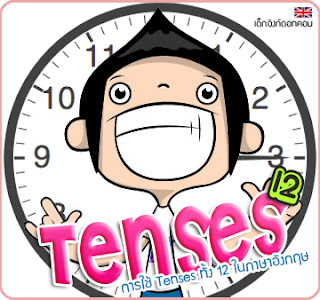Comparatives and superlatives
Resource centre - English grammar - Comparatives and superlatives
Form
One syllable adjectives Comparative: add er (cheaper)
Superlative: add est (the cheapest)
One syllable adjectives ending in 'e'
Comparative: add r (nicer)
Superlative: add st (the nicest)
One syllable adjectives ending in consonant - vowel - consonant
Comparative: add consonant + er (hotter)
Superlative: add consonant + est (the hottest)
Two syllable adjectives ending in 'y'
Comparative: replace 'y' with ier (happier)
Superlative: replace 'y' with iest (the happiest)
Two or more syllable adjectives
Comparative: add more / less (more / less beautiful)
Superlative: add the most / the least (the most / least beautiful)
Irregular adjectives
good - better - the best
bad - worse - the worst
far - further - the furthest
 Functions and examples
Functions and examples
We use comparatives to compare two things.John is thinner than Bob.
It's more expensive to travel by train than by bus.
My house is smaller than my friend's house.
We use superlatives to compare one thing with the rest of the group it belongs to.
John is the tallest in the class.
He's the best football player in the team.
This is the most expensive hotel I've ever stayed in.
Important points 
We do not use the with the superlative if there is a possessive. His strongest point is his ambition.
We use as + adjective + as to say that two things are equal in some way.
He's as tall as me.
Jim's car is as fast as mine.
We use not as to say that two things are not equal in some way.
He's not as tall as me.
Jim's car is not as fast as mine.
We can modify comparatives with much, a lot, far, a little, a bit, slightly.
Bob is much richer than I am.
My mother's hair is slightly longer than mine.
We can modify superlative with by far, easily and nearly.
Mario's is by far the best restaurant in town.
I'm nearly the oldest in the class.
If the second part of a comparative or superlative sentence is clear from what comes before or from the context, we can omit it.
Going by bus is very fast, but the train is more comfortable.
We can repeat comparatives to say that something is changing.
These exams are getting worse and worse every year.
She gets more and more beautiful every time I see her.
Adjective และ Adverb ที่เป็นคำพยางค์เดียว หรือไม่เกินสองพยางค์ ให้เติม -er
และ -est เข้าท้ายคำเพื่อแสดงขั้นกว่าและขั้นสูงสุดตามลำดับ ( ถ้าลงท้ายด้วย e
อยู่แล้วก็เติมเพียง r และ st ) แต่ถ้าเป็นคำยาวๆ ตั้งแต่สองพยางค์ขึ้นไป
จะต้องเติม more หรือ most เข้าข้างหน้า
Positive Comparative Superlative
( ขั้นปกติ ) ( ขั้นกว่า ) ( ขั้นสูงสุด )
strong stronger strongest
nice nicer nicest
hard harder hardest
difficult more difficult most difficult
amusing more amusing most amusing
amused more amused most amused
carefully more carefully most carefully
( คำที่ลงท้ายด้วย ing, ed, และ adv.+ ly ต้องใช้ more และ most เสมอ )
1. ขั้นกว่าและขั้นสูงสุดของคำพยางค์เดียว ( มีสระตัวเดียวและพยัญชนะท้ายตัวเดียว )
ต้องซ้อนพยัญชนะท้ายก่อนเติม -er และ -est เช่น
big bigger biggest
hot hotter hottest
sad sadder saddest
thin thinner thinnest
2. adj. ที่ลงท้ายด้วย y และหน้า y เป็นพยัญชนะ ให้เปลี่ยน y เป็น ier และ iest
ตามลำดับ
easy easier easiest
funny funnier funniest
lovely lovelier loveliest
( ถ้าหน้า y เป็นสระคงเติม -er และ est ตามปกติ เช่น gay-gayer-gayest
Note
การเปรียบเทียบที่เท่าเทียมกัน ใช้ as....as กับ adjective หรือ adverb ได้ทุกตัว
He is as slow as his brother .
เขาช้าเท่ากับพี่ของเขา
He works as slowly as his brother .
เขาทำงานช้าเท่าพี่ชายของเขา
ในประโยคปฏิเสธจะใช้ not...as...as หรือ not...so...as ก็ได้
He is not as/so slow as his brother .
He does not work as/so slowly as his brother .
แหล่งเรียนรู้เพิ่มเติม
http://www.thaigoodview.com/node/16196
http://www.google.co.th/images?q=comparative&um
http://englishknowledgebase.spu.ac.th/website/tips/comparative.html

